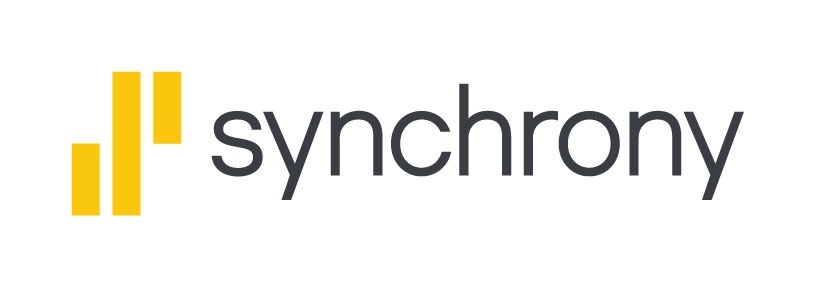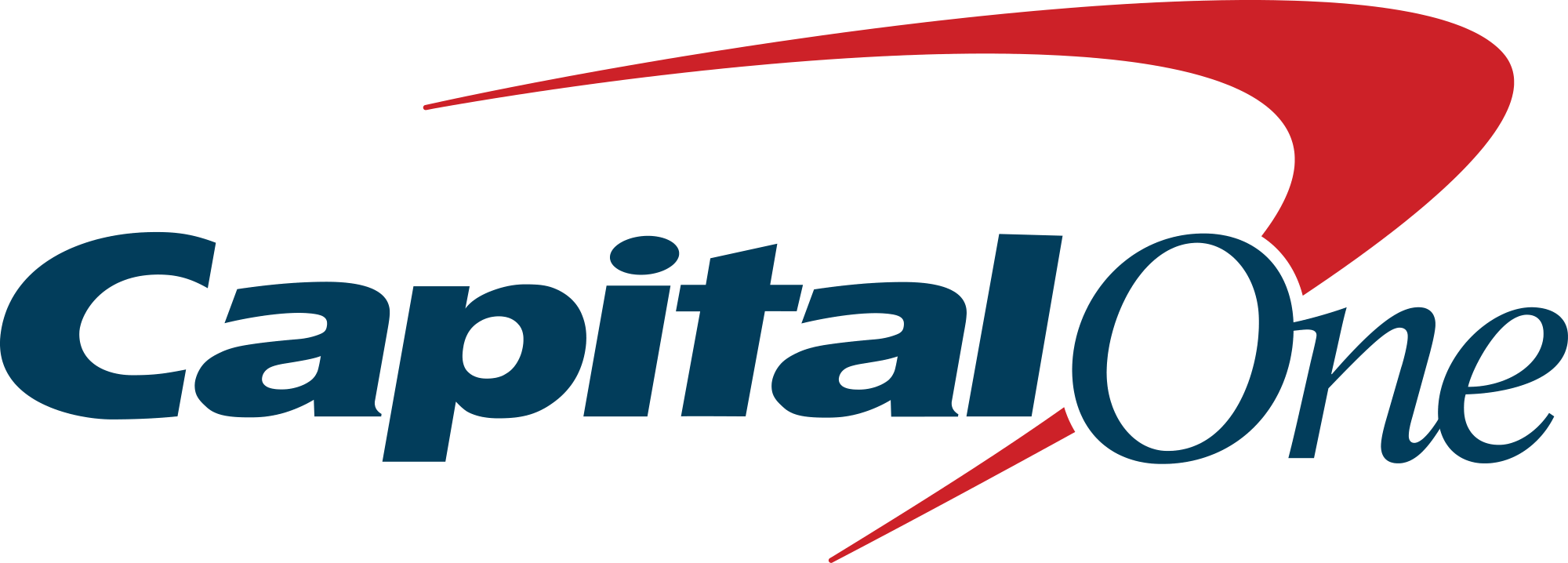3 Signs You've Overfunded Your Emergency Savings
KEY POINTS
- You may want to stop funding your emergency savings once you can cover a full year of bills.
- Consider diverting money to an IRA or 401(k) if you haven't been contributing steadily.
- Don't put off saving for big goals indefinitely for the sake of having a larger emergency fund when you're already set.
Last year, SecureSave reported that 63% of Americans could not cover an unexpected $500 emergency expense by tapping their savings accounts. And if you're someone with less than $500 to your name, you may have to start seriously rethinking your spending to give your cash reserves a boost.
But what if you're in the opposite boat? What if your emergency fund is more than complete, so much so that you're confident you could handle any surprise expense that were to come your way?
Clearly, that's a great position to be in. But having too much money in your emergency fund is also a problem. And here are a few signs that you may be at that point.
1. You have more than a year's worth of expenses in the bank
Most people can get away with saving enough money to cover three to six months of bills in their emergency funds. But if you're self-employed, own a business, or have a very unique job that's hard to replace, then it could pay to save beyond six months' worth of expenses. However, if you're sitting on more than a year's worth of cash, you're probably doing yourself a disservice.
Our Picks for the Best High-Yield Savings Accounts of 2024
|
SoFi Checking and Savings

APY
up to 4.60%
Rate info
You can earn the maximum APY by having Direct Deposit (no minimum amount required) or by making $5,000 or more in Qualifying Deposits every 30 days. See SoFi Checking and Savings rate sheet at: https://www.sofi.com/legal/banking-rate-sheet.
Min. to earn
$0
|
APY
up to 4.60%
Rate info
You can earn the maximum APY by having Direct Deposit (no minimum amount required) or by making $5,000 or more in Qualifying Deposits every 30 days. See SoFi Checking and Savings rate sheet at: https://www.sofi.com/legal/banking-rate-sheet.
|
Min. to earn
$0
|
|
Synchrony Bank High Yield Savings

APY
4.75%
Rate info
Our Disclosure: Annual Percentage Yields (APY) is subject to change at any time without notice. Offer applies to personal accounts only. Fees may reduce earnings. For High Yield Savings accounts, the rate may change after the account is opened. Visit synchronybank.com for current rates, terms and account requirements. Member FDIC
Min. to earn
$0
|
APY
4.75%
Rate info
Our Disclosure: Annual Percentage Yields (APY) is subject to change at any time without notice. Offer applies to personal accounts only. Fees may reduce earnings. For High Yield Savings accounts, the rate may change after the account is opened. Visit synchronybank.com for current rates, terms and account requirements. Member FDIC
|
Min. to earn
$0
|
|
Capital One 360 Performance Savings

APY
4.25%
Rate info
See Capital One website for most up-to-date rates. Advertised Annual Percentage Yield (APY) is variable and accurate as of April 11, 2024. Rates are subject to change at any time before or after account opening.
Min. to earn
$0
|
APY
4.25%
Rate info
See Capital One website for most up-to-date rates. Advertised Annual Percentage Yield (APY) is variable and accurate as of April 11, 2024. Rates are subject to change at any time before or after account opening.
|
Min. to earn
$0
|
It's true that savings accounts are paying pretty generously today. But the 4% interest rate or higher you might snag now isn't the norm. Over time, your savings might pay you more like 2% on your money, whereas if you were to invest your excess cash in the stock market, you might get a 10% return on your money, since that's in line with the market's average over the long term.
In fact, let's say your essential monthly bills come to $4,000, and you have a $60,000 emergency fund. That's probably $12,000 more in emergency savings than you need even if you're being very conservative and aiming for a 12-month fund.
If you were to earn 2% on that $12,000 over the next 20 years, you'd grow that $12,000 into a little under $18,000. If you were to invest it and earn 10% annually, in 20 years, your $12,000 would be worth almost $81,000.
2. You have a minimal IRA or 401(k) balance
Your emergency savings should absolutely take priority over your long-term savings. But it's important to fund an IRA or 401(k) for retirement consistently so you have funds to cover your living expenses as a senior. If you have more than a year's worth of bills in your emergency fund and, say, $3,000 in your IRA at age 35, it may be time to remove some money from your savings and put it into your IRA instead.
To be clear, you need to have earned income to fund an IRA. But let's say you're earning a $60,000 salary this year and are 35 years old. This means you can put up to $7,000 into an IRA in 2024. And it's OK to take that $7,000 out of your savings and transfer it over as long as you earn the equivalent of that sum or more.
3. You keep putting off the same financial goals despite earning more than you spend
Maybe you're hoping to swap your apartment for a condo of your own that you can build equity in and customize to your taste. Or maybe you want to upgrade your barely-functioning car to a more reliable vehicle.
These are expenses you have to save for. But if you've been banking money for many years and are nowhere close to your goals, then it may be time to rethink your emergency fund.
If you spend $4,000 a month on essential costs and have a job you could probably replace within six months if you got laid off, then you may not need a $36,000 or $48,000 emergency fund. Instead, you may be just fine to take some of that cash and use it to meet the goals you've been putting on the back burner.
It's definitely a smart, savvy thing to have a fully loaded emergency fund. But there are different ways to define what that means. And in some cases, you may be just fine having enough cash to cover six months of expenses without going beyond that point.
These savings accounts are FDIC insured and could earn you 11x your bank
Many people are missing out on guaranteed returns as their money languishes in a big bank savings account earning next to no interest. Our picks of the best online savings accounts could earn you 11x the national average savings account rate. Click here to uncover the best-in-class accounts that landed a spot on our short list of the best savings accounts for 2024.
Our Research Expert
We're firm believers in the Golden Rule, which is why editorial opinions are ours alone and have not been previously reviewed, approved, or endorsed by included advertisers. The Ascent, a Motley Fool service, does not cover all offers on the market. The Ascent has a dedicated team of editors and analysts focused on personal finance, and they follow the same set of publishing standards and editorial integrity while maintaining professional separation from the analysts and editors on other Motley Fool brands.
Related Articles
View All Articles